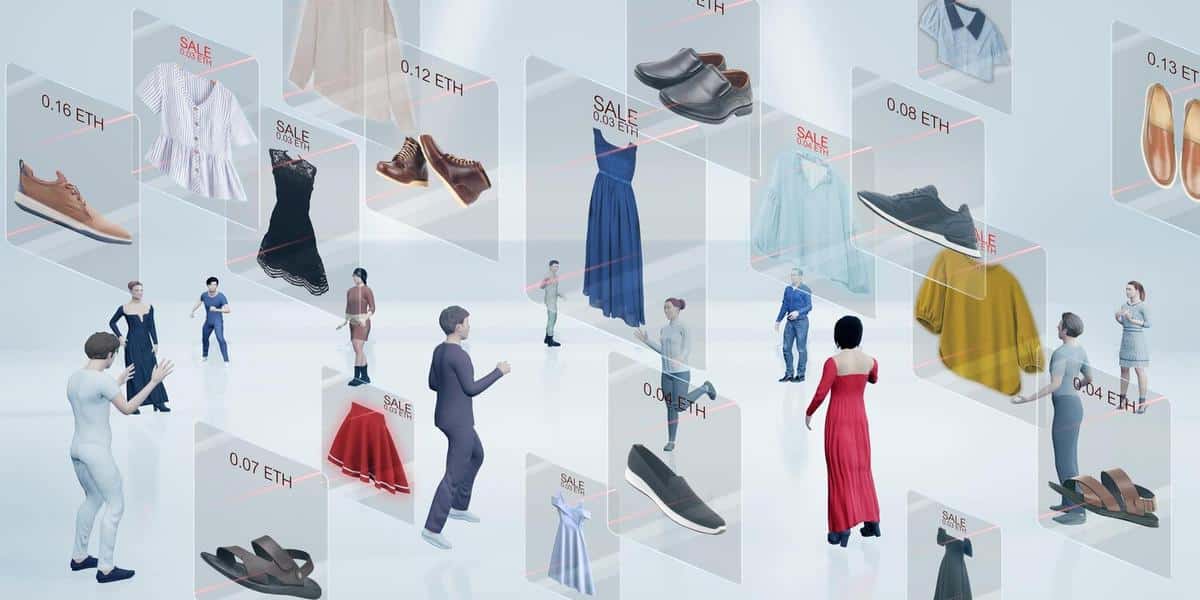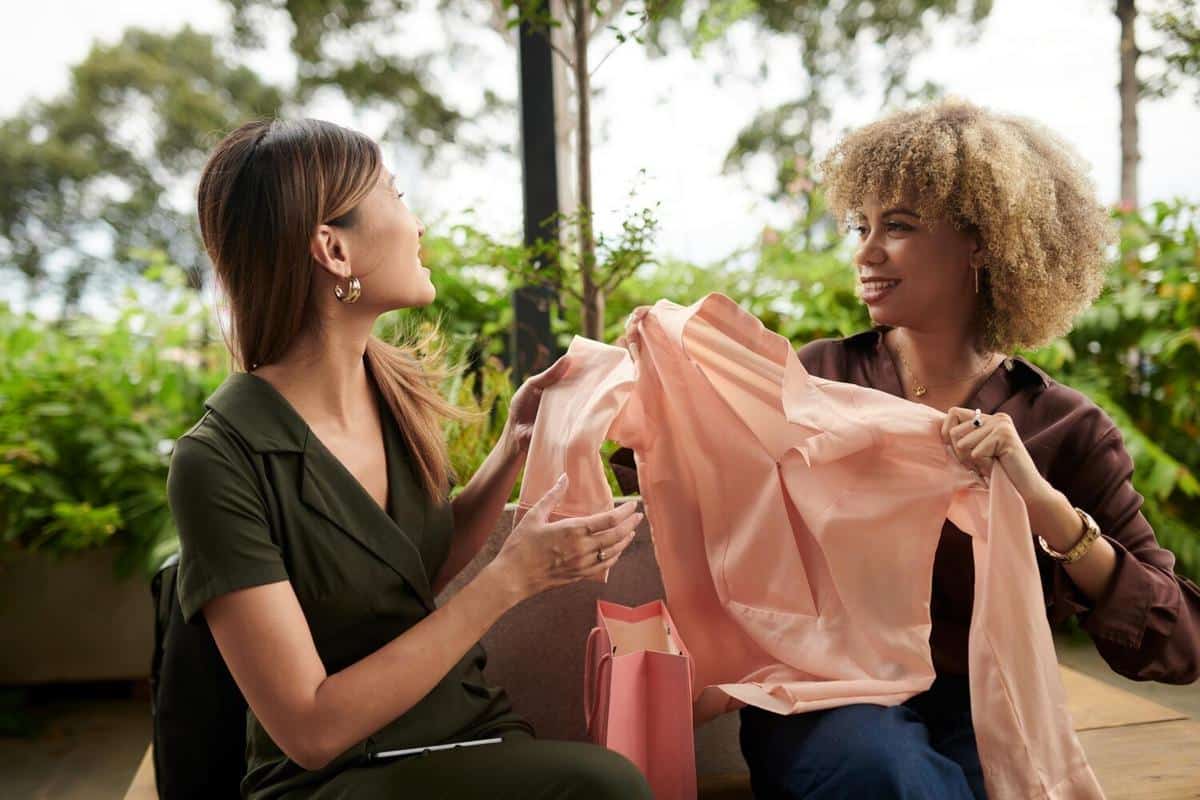
How Augmented Reality is Transforming Fashion Retail
Augmented Reality (AR) is revolutionizing the fashion retail industry, offering a new, immersive way for consumers to engage with products and brands.
Gone are the days when shopping was just about visiting physical stores. Today, augmented reality is creating a bridge between the digital and physical shopping experience, making fashion retail more interactive and personalized. This technology allows shoppers to visualize products in real-time, transforming how they make purchasing decisions.
The Impact of AR on Fashion Retail
Augmented reality provides a unique shopping experience by allowing customers to try on clothes virtually. According to a study by Gartner, by 2022, 70% of enterprises will be experimenting with immersive technologies like AR. This integration not only enhances customer experience but also increases conversion rates and reduces return rates.
Expert Insights
Industry experts highlight the importance of AR in retail. Michael Valds, a technology strategist, states, “AR is not just a trend; it’s a shift in how consumers will shop moving forward. It empowers customers by providing a more informed decision-making process.”
Real-World Applications
Fashion brands are leveraging AR to offer virtual fitting rooms, where customers can see how clothing fits without physically trying them on. For instance, a popular European brand has implemented AR mirrors in stores, allowing shoppers to see themselves in different outfits without changing clothes.
Benefits of AR in Fashion Retail
- Enhanced customer engagement
- Reduced return rates
- Personalized shopping experience
- Increased brand loyalty
Actionable Tips for Retailers
For retailers looking to integrate AR, it’s crucial to start with a clear strategy. Begin by identifying areas where AR can add value, such as virtual try-ons or personalized recommendations. Collaborate with tech companies that specialize in AR solutions to ensure a seamless integration.
Pro Tip: Consider creating an AR app that allows users to try on products at home. This not only extends your store’s reach but also enhances user convenience.
Comparison Table: Traditional vs. AR-Enhanced Shopping
| Aspect | Traditional Shopping | AR-Enhanced Shopping |
|---|---|---|
| Customer Experience | In-store visits | Interactive, virtual try-ons |
| Product Visualization | Physical inspection | 3D visualization |
| Return Rates | Higher due to fitting issues | Lower with accurate virtual fittings |
| Engagement | Limited to store hours | 24/7 through AR apps |
| Personalization | Based on in-store staff | Data-driven recommendations |
| Inventory Management | Manual | Automated suggestions |
| Cost | Higher overheads | Initial tech investment |
| Reach | Local | Global through digital platforms |
FAQs
How does AR improve the shopping experience?
AR offers an interactive experience, allowing customers to try on clothes virtually, view items in 3D, and receive personalized recommendations.
What are the benefits of AR for retailers?
AR reduces return rates, enhances customer engagement, and provides data-driven insights for better decision-making.
Is AR expensive to implement?
While there is an initial investment in AR technology, the long-term benefits such as increased sales and reduced returns can outweigh the costs.
Conclusion
As augmented reality continues to evolve, its impact on fashion retail is undeniable. By offering immersive experiences and personalized interactions, AR not only enriches the shopping experience but also empowers consumers. For retailers, adopting AR is an opportunity to stay ahead in a competitive market. Embrace this technology and transform your approach to meet the demands of today’s digital-savvy shoppers.


